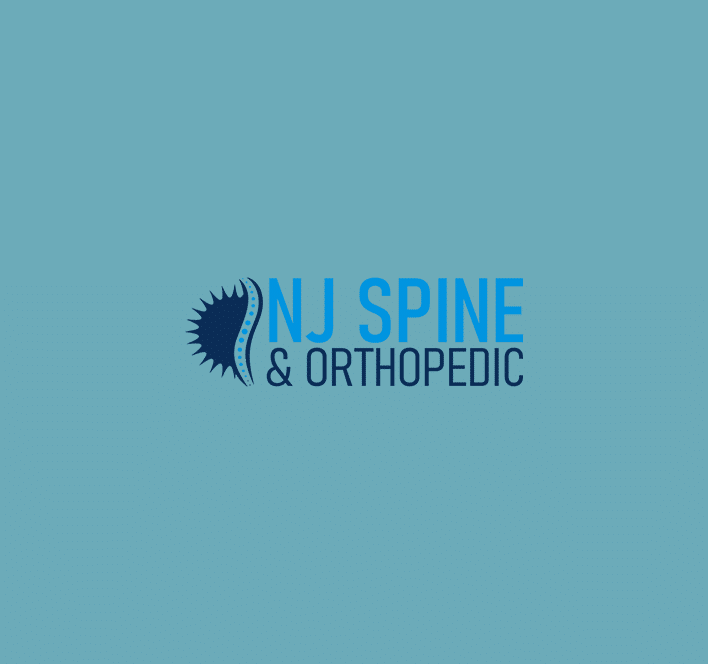[Extracted from print placement via Inside New Jersey, Top Cancer Specialists 2016]
Original source: FHCN article by Patti Dipanfilo. Photos and replacement graphic courtesy of Center for Artificial Disc Replacement
Published: May 2016
For more than 20 years, Paul Perryman suffered from neck pain due to a series of arthritic changes in his spine. Diagnosed in his 20s, he’s never been able to attribute the condition to any one thing. “I beat myself up pretty hard,” he admits. “I played football, skateboarded, surfed. I was into impact sports, so who knows?”
He didn’t let the condition slow him down too much, though, as he continued to surf, play tennis, snow ski and paddleboard regularly. In June 2013, however, he was diagnosed with a herniated disc in his cervical spine and started to experience pain radiating down his arm. An electrical engineer who holds a doctorate degree, Paul began to research treatment options that would heal his pain, yet allow him to stay active.
“I went to see a couple of doctors and did not like what I was hearing,” he recalls. “I received opinions from multiple orthopedic and neurosurgeons in my area, and all were unanimous in recommending a three-level fusion as the only reliable procedure. I live an active life, so the prognosis was discouraging, to say the least. I felt I was in a no-win situation and was desperate for an alternative.”
An internet search led to Paul to Scott S. Katzman, MD, lead surgeon at New Jersey Spine and Orthopedic.
“I submitted my radiology information to Dr. Katzman’s office, and within a few days I was contacted by a staff member describing an artificial disc alternative that would solve my cervical issues while preserving motion and the ability to perform in sports,” Paul relates.
A Successful Alternative
“Patients who have neck problem like disc herniation, cervical stenosis, foraminal stenosis and radiculopathy are treated by most surgeons in the country with the fusion [ACDF] procedure,” Dr. Katzman explains. “This surgical technique requires placement of a device into the disc space, typically locking it into position with screws and plates.”
Rather than a fusion, Dr. Katzman prefers to use an artificial disc implant made of a combination of titanium and ultra-high-molecular-weight polyurethane. He explains that artificial disc replacement has become a well-established procedure in recent years, comparable to total knee or hip replacement.
“Disc replacement has actually been FDA-approved for years, although there are not many surgeons offering this procedure yet in the US,” notes the doctor, who has been performing artificial disc replacement for more than a decade. “We now have between ten and fifteen years of data showing its effectiveness.”
The skilled surgeon explains that the replacement NJSO Awarded Top Cancer Specialists 2016 | NJ Spine & Ortho procedure has several significant advantages over traditional fusion surgery.
“A fusion doesn’t move; an artificial disc does,” he describes. “Fusion requires a brace for several months; an artificial disc requires none. A fusion can stress the adjacent segments of the spine; with an artificial disc, there’s no extra stress.”
Artificial disc replacement is performed on an outpatient basis with no significant restrictions. Moreover, patients are able to resume normal activities within days, not months.
“Because the disc itself is moveable, the patient is able to move right away,” emphasizes Dr. Katzman. “Unlike spinal fusion, which requires a lengthy recovery and limits mobility permanently, the disc replacement procedure enables patients to return to activities very quickly. It’s an impressive advance, and one that renders the old fusion procedure virtually obsolete. We are now one of the leading centers in the world that is performing disc replacement.”
Active Again
Paul was back to work within a week, and it wasn’t long before he was back to his favorite activities. “I returned to tennis in about six weeks!” he exclaims. “Within a few months, I had resumed all of my normal activities, including surfing and rigorous exercise.”
Since having the procedure, the pain in Paul’s arms has disappeared, and his flexibility has increased. Though he still has some pain in his neck, which he doesn’t think will ever go away completely, it “has been continually lessening,” he observes. “I apparently had a lot of things like damaged nerves and damaged muscles and atrophied muscles. So in a sense, that has all been rebuilt. As far as pain goes, things are definitely getting better. I feel great. I’m doing all the things I love to do.”

